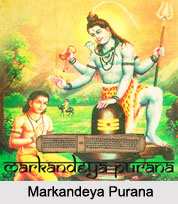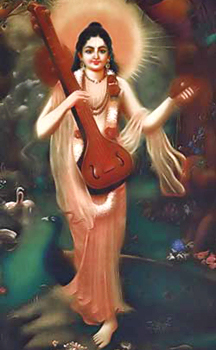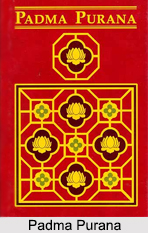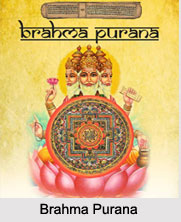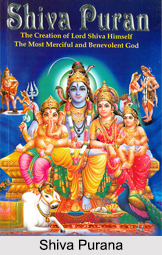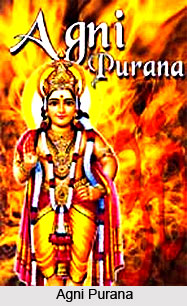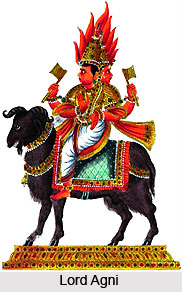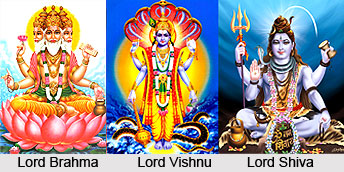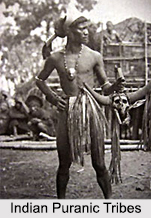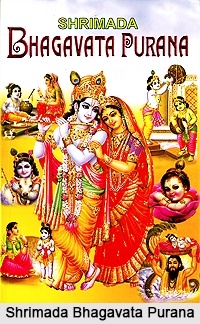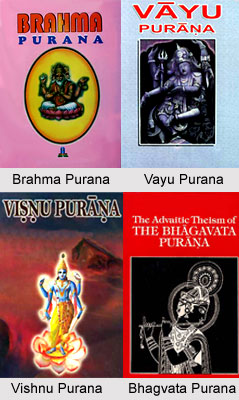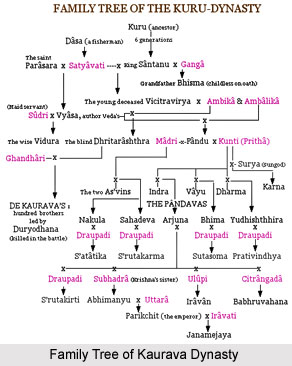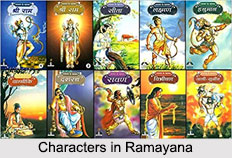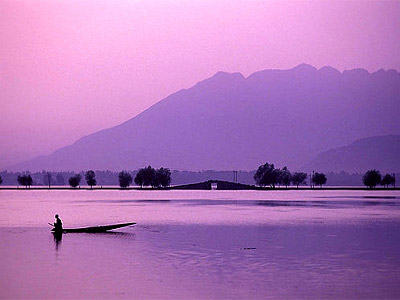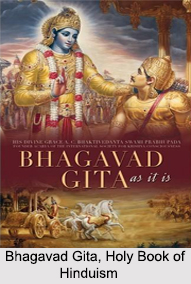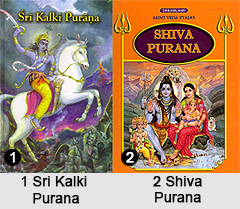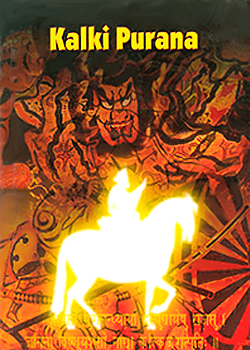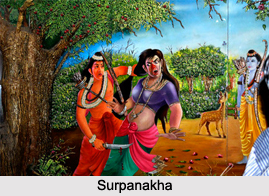It is believed that when out of disgust Brahma threw off the body of ignorance, the demons sprang for taking possession of the body .The demons who were born out from the body of Brahma were called Yaksas and Raksasas .The Yaksas and the Raksasas were different from one other .The ones who cried that Brahma should be eaten were the Yaksas and the ones who said that he should not be protected were the Raksasas, man eaters .The Yaksas and the Raksasas are represented even today in uncivilized men who are scattered all over the universe. In Srimad -Bhagavatam the Yaksas are described as demons who are by nature very heinous and by their demoniac power of illusion they can create many strange phenomena to frighten one who is less intelligent.The Jains who worship the idols of Jinas,Tirthankars with the passage of time have started worshipping Yaksas and Yaksinis in Jain temples.The Tirthankars conquered the inner passions while the Yaksas and Yaksinis are full of passions and are wandering through the cycles of birth and death like human beings.According to the Jains Yaksas and Yaksinis are appointed by Indra to look after the well being of Tirthankaras They are also found around the Jinas and in Jain temples they are found around their idols .They are found in pairs .Yaksa(male) is found on the right side of the Jina idol while Yaksini (female)on the left side. In the earlier period they were mainly regarded as the devotees of Jina but as time passed people started worshipping them also.
In the classic Indian epics The Ramayana, The Mahabharata and The Puranas refer to many exotic tribes describing them as superhuman and subhuman and Yaksas come under this tribe .One point of view about the exotic tribes is that they are mythological beings or even aliens from distant planets. The Yaksas were a tribe living in the area around the Kailasa range of the Himalayas. Their King was Vaisravana or Kuvera who was a worshipper of Shiva whose abode is thought to be Kailasa.

